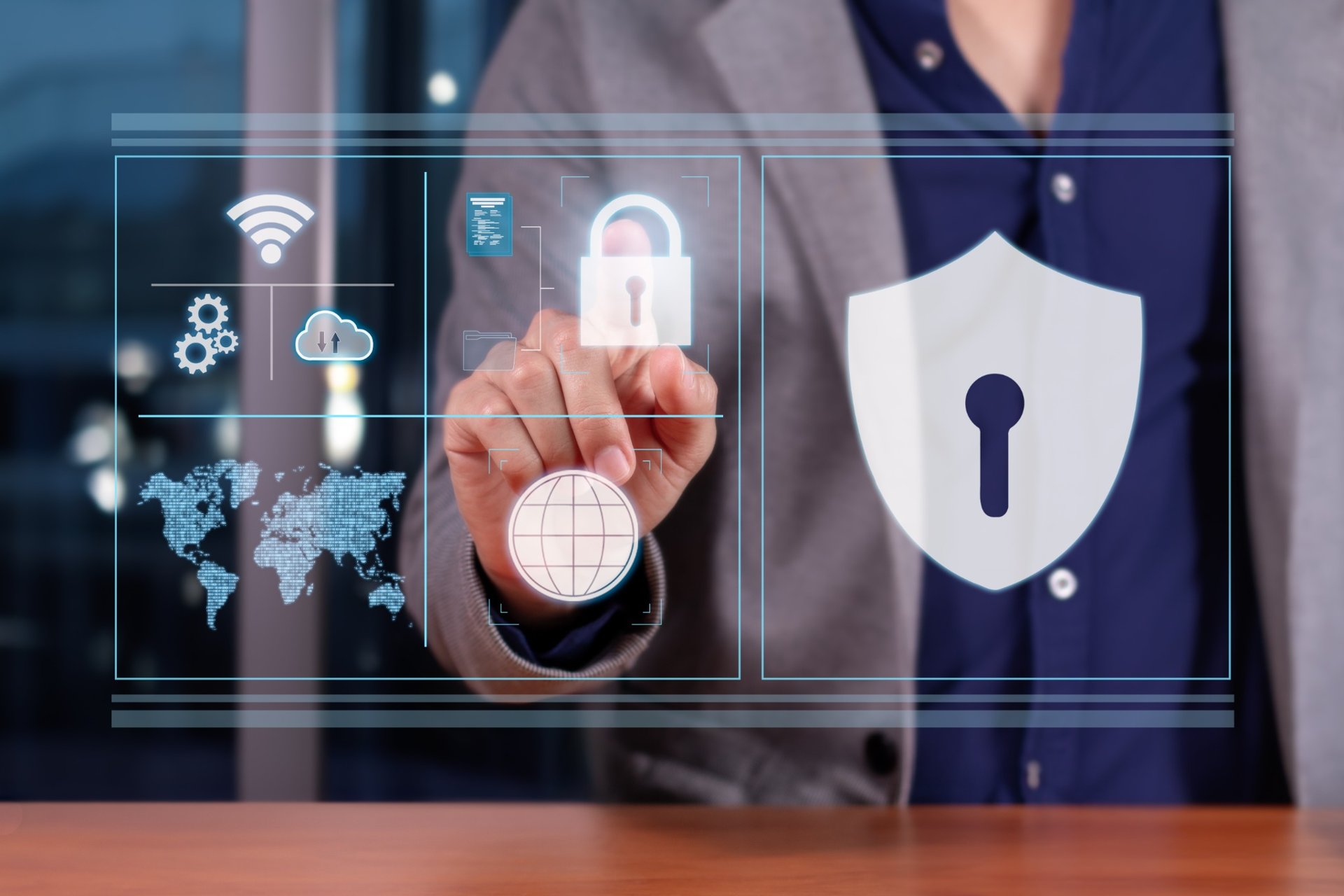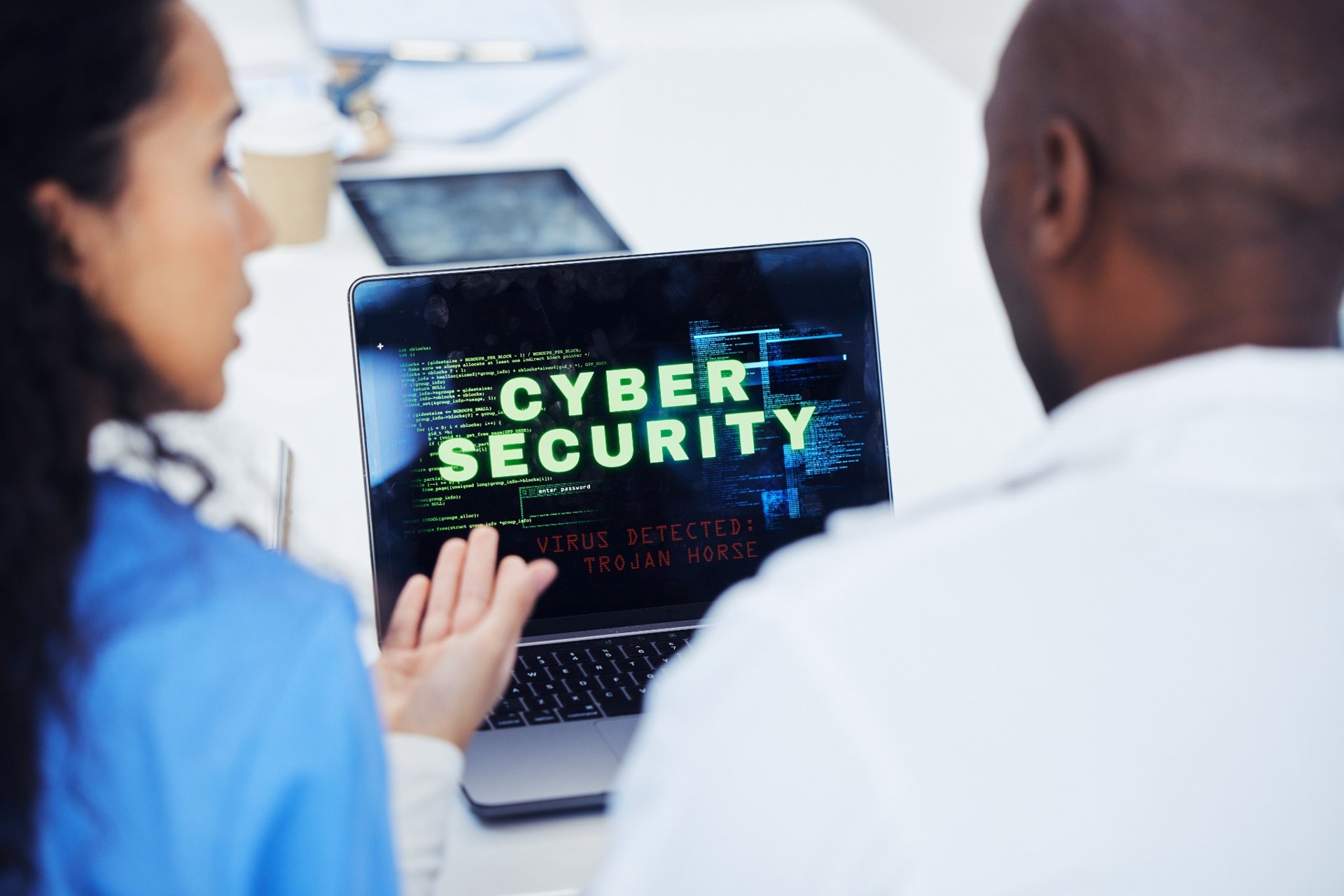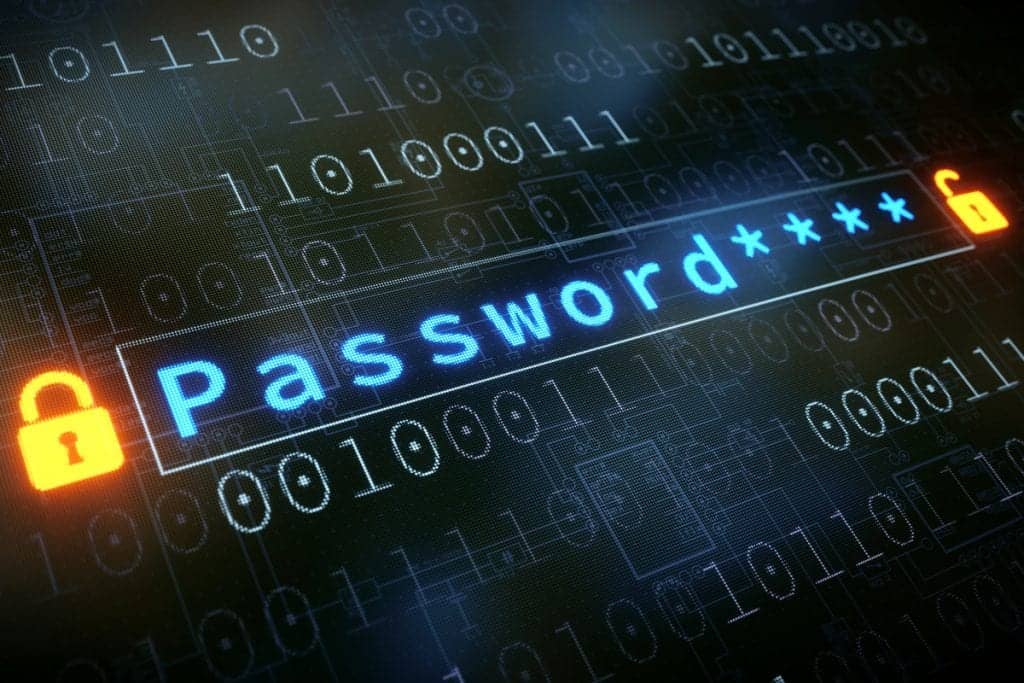Unfortunately, many organizations operate under dangerous misconceptions about their security posture. Our 20 common cybersecurity myths below fall into four critical categories:
- Misplaced Trust in Tools or Policies
- Underestimating Internal & Everyday Threats
- Misunderstanding Responsibility
- Believing Cybersecurity is “Set and Forget”
⚖️ Cybersecurity isn’t easy, and for many business owners, it’s just one of a hundred priorities competing for time and resources. In a fast-moving threat landscape, it’s no surprise that some common misconceptions take hold.
Even well-intentioned decisions based on outdated assumptions can leave systems exposed. These myths don’t reflect carelessness, they reflect the real challenge of trying to run a business while keeping up with complex security risks.
By understanding the facts behind these misconceptions, you can adopt a more layered, proactive approach that protects your business, your customers, and your reputation, and that’s exactly where our team at CMIT Solutions can help.
Our cybersecurity solutions for business provide comprehensive protection against today’s evolving threats.
Business cybersecurity myths in more detail
It’s time to debunk some of the most persistent cybersecurity myths holding businesses back. In this section, we break down four common misconceptions to help you build a more informed, resilient approach.
1. Misplaced trust in tools or policies
Many businesses overestimate the protection provided by individual security tools or policies, creating dangerous gaps in their overall security stance.
Myths:
- Antivirus software is enough. While antivirus programs catch known malware, they can’t stop zero-day exploits or sophisticated social engineering. A comprehensive cybersecurity program requires multiple layers of protection.
- We perform penetration tests regularly. Penetration testing provides valuable insights, but only represents a snapshot in time. Vulnerability landscapes change daily as new threats emerge.
- Our cybersecurity is complete. No cybersecurity program is ever “complete” in a constantly evolving threat landscape. Continuous improvement and adaptation are essential for maintaining a strong security posture.
- Our passwords are strong. Even the strongest passwords can be compromised through phishing, keyloggers, or data breaches. Multi-factor authentication provides essential additional protection.
- More cybersecurity tools mean more protection. Adding security tools without proper integration and management can create complexity that hinders effective monitoring and response. Quality and coordination matter more than quantity.
- Cybersecurity is perfect. No security solution can guarantee 100% protection against all possible threats. The goal is risk management, not risk elimination.
💡 Technology is only as effective as the policies and people supporting it. The most robust security tools require proper configuration, monitoring, and continuous updating to provide meaningful protection.
2. Underestimating internal & everyday threats
Organizations often focus exclusively on external attackers while overlooking significant risks that originate closer to home.
Myths:
- Cyber threats only come from the outside. Insider threats, whether malicious or negligent, account for approximately 19% of security incidents according to a Verizon Data Breach Report. Employee education and monitoring are key components of security.
- Insider and outsider security threats are the same. Internal threats often involve legitimate access credentials and knowledge of systems, making them harder to detect than external attacks. Different detection and response strategies are needed for insider threats.
- Mobile devices don’t need security measures. Smartphones and tablets often contain sensitive company data and access credentials. These endpoints require the same level of security as traditional computers.
- BYOD is fine if people use strong passwords. Personal devices may lack proper security controls, contain unauthorized apps, or connect to unsecured networks. A comprehensive BYOD policy must address these risks beyond password requirements.
- Password-protected Wi-Fi networks are secure. Standard WPA2 encryption can be cracked, and shared network passwords create significant security risks. Business networks should implement enterprise-grade security with individual authentication.
- It’s easy to spot phishing. Modern phishing attacks are highly sophisticated, often mimicking legitimate communications so closely that even trained professionals can be tricked without the right tools and awareness. That’s why we focus on proactive defenses, including employee training and real-time threat monitoring.
⚠️ In 2023, phishing remained one of the most reported cybercrimes according to the FBI’s Internet Crime Complaint Center (IC3), with 193,407 complaints filed. Overall, cybercrime losses surpassed $12.5 billion, reflecting the growing financial impact of digital threats across all sectors.
The National Institute of Standards and Technology (NIST) emphasizes that a comprehensive security strategy must address both external and internal threats through a combination of technical controls, policies, and awareness training.
3. Misunderstanding responsibility
Many organizations have misconceptions about who is ultimately responsible for cybersecurity, creating dangerous gaps in their protection.
Myths:
- The IT department is solely responsible for cybersecurity. Effective security requires commitment from every level of the organization, especially executive leadership. The security team provides guidance, but all employees must participate in maintaining security.
- Cloud providers handle all security needs. Most cloud services operate on a shared responsibility model where providers secure the infrastructure while customers remain responsible for data security, access management, and application-level controls. Understanding these boundaries is critical.
- Cybersecurity is only about compliance. Meeting regulatory requirements provides a baseline but rarely addresses all security risks specific to your business. Compliance is a starting point, not a comprehensive security strategy.
- We use Apple devices, so we’re secure. While Apple implements strong security measures, no platform is immune to all threats. MacOS and iOS devices still require proper configuration, updates, and security policies.
💡 Effective cybersecurity requires clear ownership at every level of the organization. Leaders must set priorities, IT implements controls, and all staff must follow security protocols. Training all employees on how to prevent insider threats is essential to building a secure culture.
4. Believing cybersecurity is “set and forget”
Some of the most dangerous myths involve the misconception that cybersecurity is a one-time project rather than an ongoing process.
Myths:
- Cybersecurity is a one-time effort. The threat landscape evolves constantly, requiring continuous monitoring, testing, and improvement of security measures. What protects you today may not work tomorrow.
- We updated our systems last year. New vulnerabilities are discovered daily, making regular patching essential. Outdated systems are among the most common entry points for attackers seeking to gain access to networks.
- We have cybersecurity insurance, so we’re covered. Insurance helps with recovery costs, but doesn’t prevent breaches or protect your reputation. Many policies also require specific security controls to maintain coverage.
- We don’t need to change our processes. As businesses adopt new technologies and ways of working, security processes must adapt accordingly. Static security approaches quickly become outdated and ineffective.
✔️ Cybersecurity requires ongoing commitment, not a set-it-and-forget-it approach. Regular updates, training, and assessments are essential parts of an effective security program.
Effective cybersecurity requires more than tools; it demands strategy. Download our free e-book, Cybersecurity and the Trusted Advisor, to explore practical steps businesses can take to strengthen their security posture and build long-term resilience.
Hypothetical consequences of believing these myths
The cost of a data breach goes far beyond the initial financial hit. Many businesses make false assumptions about their risk until it’s too late.
💡 Hypothetical scenarios:
A small manufacturing company believed its size made it a low-value target. With minimal cybersecurity in place, they were hit with ransomware that shut down production for a week. Between the $300,000 ransom demand, lost business, and recovery costs, their total losses exceeded $1.2 million.
A professional services firm assumed their cloud provider was handling all aspects of security. When an employee’s credentials were stolen in a phishing attack, sensitive client data was exposed. They lost major clients and faced regulatory fines.
⚠️These examples reflect common scenarios that play out regularly for businesses without adequate protection.
Small and mid-sized businesses are frequent targets for cybercriminals. In fact, 46% of all data breaches affect companies with fewer than 1,000 employees, according to the Federal Trade Commission. According to Verizon, approximately 60% of small businesses that experience a cyberattack go out of business within six months. This statistic underscores the severe and lasting impact a single breach can have on business survival
At CMIT Solutions, we’ve helped clients catch and contain threats before they spread. In one case, our monitoring tools detected suspicious activity early, allowing us to isolate the affected system and reduce potential downtime from weeks to just hours.
How to move beyond the myths
At CMIT Solutions, we believe taking a proactive approach to cybersecurity means confronting reality, not relying on outdated assumptions. Here’s how we help businesses build stronger, more resilient strategies
- Assess your risk areas: Conduct a comprehensive security assessment to uncover vulnerabilities across your technology, processes, and people.
- Reevaluate employee awareness: Implement regular, up-to-date security training (ideally with phishing simulations) to keep employees alert and engaged.
- Extend protection everywhere: Ensure security measures cover mobile devices, cloud platforms, remote environments, and all other parts of your tech stack.
- Stay on a regular schedule: Use consistent timelines for assessments, patching, and testing to stay ahead of evolving threats.
- Engage leadership early: Help executives understand cybersecurity risks and support smart investments in people, tools, and processes.
- Prioritize ongoing improvement: Regularly review and refine your security practices to adapt to new threats and organizational shifts.
CMIT Solutions can help at every stage, from risk assessment to implementation to long-term protection. Call us at (800) 399-2648 or go online to schedule a consultation and take the first step toward stronger cybersecurity
FAQs
How do I know if my current cybersecurity setup is actually effective?
Regular security assessments are essential for evaluating your protection. Look for vulnerability scans, penetration testing, and security audits performed by qualified third-party experts. These evaluations should be conducted at least annually and after significant changes to your IT environment to identify gaps in your current security posture.
What are some overlooked security gaps in small businesses?
Small businesses often neglect endpoint protection on mobile devices, proper access controls for cloud services, and regular security training. Another common gap is inadequate backup and recovery planning, leaving businesses vulnerable to ransomware. Finally, many SMBs lack visibility into network activity, making it difficult to detect suspicious behavior before a breach occurs.
Can our team handle cybersecurity internally, or do we need outside support?
This depends on your team’s expertise, available time, and the complexity of your environment. Most small and medium businesses benefit from a hybrid approach, with internal staff handling day-to-day security tasks while partnering with specialists for strategy, advanced monitoring, and incident response.
The rapid evolution of threats often makes it difficult for small internal teams to stay current on all security developments.
How can we get employees to take cybersecurity seriously without scaring them?
Focus on building a positive security culture rather than using fear tactics. Make training relevant with real-world examples that relate to employees’ roles. Recognize and reward secure behavior, involve staff in developing practical policies, and ensure leadership models good security practices.
Regular, engaging microtraining sessions are more effective than infrequent, lengthy presentations on cybersecurity.
What services does CMIT Solutions offer to help correct these common cybersecurity myths?
CMIT Solutions provides comprehensive cybersecurity services, including vulnerability assessments, managed detection and response, multi-factor authentication implementation, and security awareness training. We also offer 24/7 monitoring, endpoint protection, email security, and backup solutions.
Our approach integrates people, processes, and technology to create a robust security strategy tailored to your specific business needs and risk profile.





